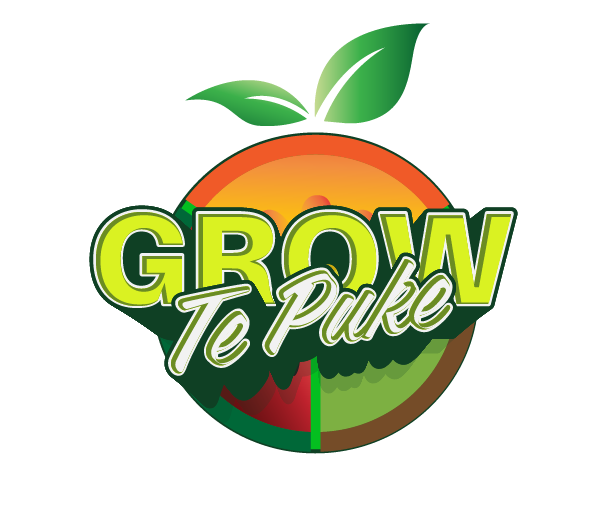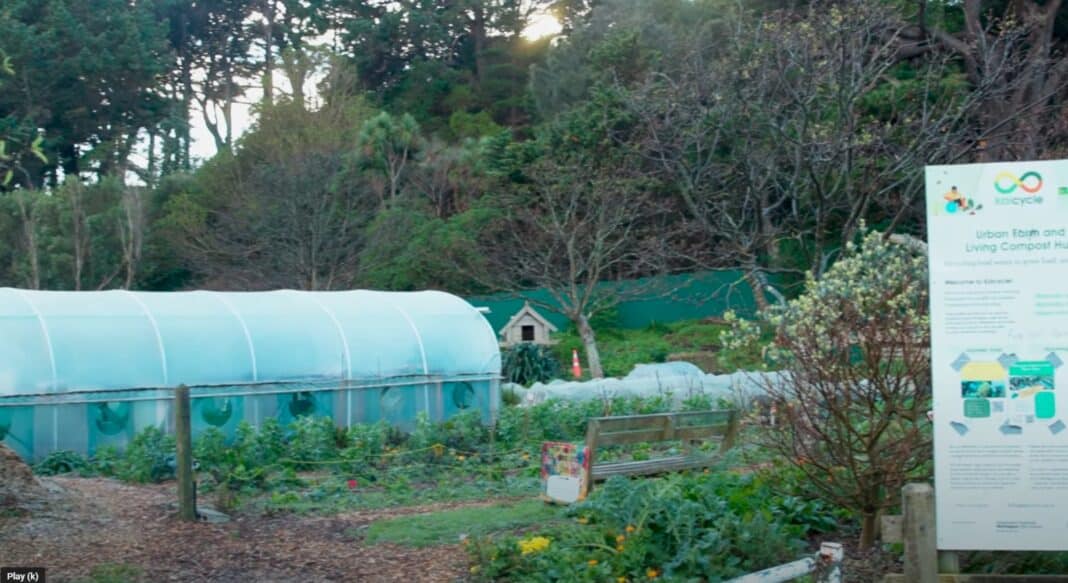In Te Puke, our identity is deeply intertwined with the bounty of our land. As the Kiwifruit Capital of the World, we’re surrounded by growers who produce a wealth of fresh, healthy food. Yet, for many, accessing this local goodness at an affordable price remains a challenge. A new, innovative pilot scheme in Wellington is proving that a solution is possible—one that cuts out the supermarket, empowers local growers, and puts fresh produce directly onto community plates. This model could be a game-changer for Te Puke’s food future.
The Wellington Blueprint: A Collaborative Approach to Food Resilience
The pilot program, which you can read about in detail here, is a masterclass in collaboration. It brings together three key players: Wesley Community Action, Kaibosh Food Rescue, and Health NZ. Each agency plays a vital role in creating a self-sustaining system that benefits everyone involved.
The process begins with the growers themselves. Small urban farms, like Kaicyle, harvest produce only after it’s been ordered through an online platform called Coshop. This “harvest to order” approach, as co-manager Ellie Clayton explains, ensures maximum freshness and zero food waste. The growers, who set their own prices, include those from Kāpiti and Horowhenua, showcasing how a local model can extend beyond city limits.
Once the orders are in, Kaibosh Food Rescue steps in. Known for their mission of “zero food poverty and zero food waste,” their team acts as the “wheels” of the operation, picking up the harvested produce as part of their regular routes and delivering it to community packing hubs. This eliminates expensive transport costs. At the hubs, volunteers from Wesley Community Action, led by co-ops co-ordinator Cory Hope, pack the orders. Hope notes that the scheme has no profit motive, charging only a small levy to cover administrative and freight costs. The result? Customers can expect to pay 15-25% less than supermarket prices, making healthy food accessible to more families.
The Social Impact: Addressing Food Insecurity at its Core
The motivation for this model goes beyond simple economics; it’s a direct response to a pressing social issue. Ministry of Health data from 2023-2024 paints a stark picture of food insecurity in New Zealand. According to the data, one in four children live in households where food often or sometimes runs out. For Māori and Pacific children, the statistics are even more concerning. This initiative provides a powerful solution by creating an affordable, reliable channel for healthy food.
Furthermore, the model addresses a key challenge for local growers who often struggle to build a stable market for their goods outside of traditional supply chains. This scheme provides them with a direct-to-consumer pathway, strengthening the local economy from the ground up.
The Te Puke Vision: A Blueprint for Our Community
Imagine this model adapted for Te Puke. Our fertile lands could supply a digital co-op with an abundance of produce. We could connect local kiwifruit and avocado orchards with our community, ensuring our world-renowned exports also feed our own families. Our community halls could become packing hubs, and local volunteers could help deliver fresh vegetables from nearby market gardens.
This collaborative approach has the power to create a more resilient food system for Te Puke. It would foster stronger connections between growers and consumers, reduce food waste, and, most importantly, provide our families with affordable, healthy nutrition. The Wellington pilot proves the model is viable. Now, it’s up to us to consider how we can bring this golden idea home to the Kiwifruit Capital.


